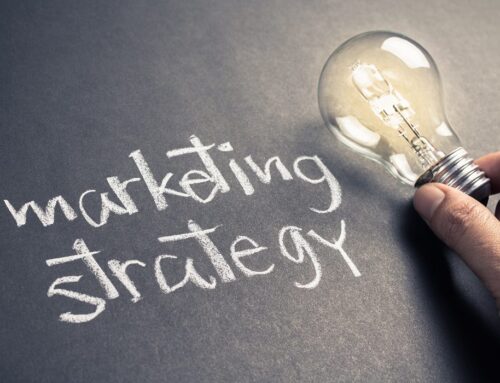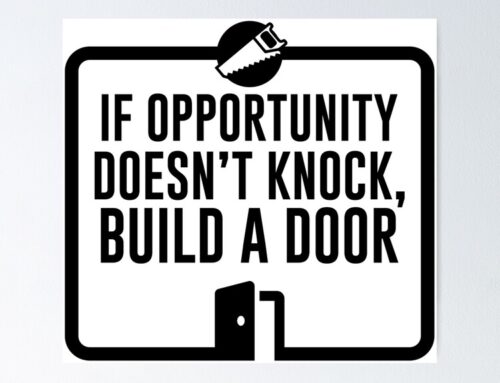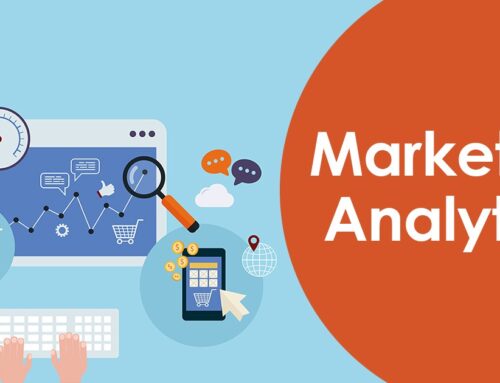Architecting the Perfect Virtual Sales Call
The longest tax season ever has wrapped up, staycations and vacations will be winding down, and business development should move into a high position on your radar if it hasn’t already. As we take business development virtual, questions on how to handle this transition are natural.
Possibly reassuring is the fact that, from my perspective, the business development (BD) process is about 80 percent the same virtually as it is in person. Therefore, those who struggled with in-person BD may find themselves lost in this virtual environment, while those who were more effective to begin with will hold the advantage.
But there undoubtedly are differences, so how do we close the gaps and optimize the virtual BD experience for success? Here are some considerations and tips to architecting the perfect virtual sales call.
These four differences are emerging as consistent considerations everyone is having to reckon with. And, accounting for these differences will help set you apart.
1. Environment. Arguably the most obvious and prevalent difference, the environment of your BD calls has changed. When you’re able to conduct an in-person BD call, you can use your environment and surroundings to create genuine opportunities to connect, such as complimenting their facility and thus showing your interest in the business. Without the physical presence, those types of connections are less available. As you’ll learn next, research is an essential component to filling this gap.
2. Technology. A key defining factor in the success of a virtual BD call lies in your technology. If this is your first and only impression with a prospect, and you botch the video call by showing you haven’t done your technology homework, it’s likely the buyer will translate that experience to the experience they will have as a client. Prepare yourself well ahead of time. Have practice meetings with colleagues if it helps. Get comfortable troubleshooting issues. You only get one chance at a good first impression.
3. Relationships. Developing relationships in a virtual scenario can be very challenging. Hyperfocus on sourcing meaningful information from your circle of influence, doing your research on the company ahead of time, and generating talking points to establish rapport. Research and preparation become more important because you can’t count on the details you’d glean from a physical interaction.
4. Emotional intelligence. In an in-person meeting, if you have good EQ, you can likely read if your prospect is engaged, interested or curious about what you have to say and what you have to offer. They’re much more likely to stop and ask you a question. Virtually, it feels like the early days of the webinar where you weren’t sure if anyone was there or if anyone was listening. Be mindful of that, and ask engaging questions to let the prospect lead the conversation.
Get back to the basics
While the physical form of your sales call has changed, some things remain the same. What we know about the best practices of business development translates from in-person to virtual environments.
- Host video calls. As much as possible, you should endeavor to host your calls via video. Simply put, it’s the easiest way to determine the true interest and intent of your buyer. In an in-person world, a prospect that declines your invitation to visit their facility should be a red flag in their interest level. Declining a video call should be no different. If anything, it can help you weed out the mildly interested so you can focus on the genuinely interested.
- Put the buyer in the driver’s seat. Virtual BD calls are no different than an in-person call in that the topic of conversation should be driven by the buyer. A general rule is that you should not take the entire meeting to get your point across; rather, spend 25-30 percent of the time talking about the main topic, and allow the buyer to drive the rest. Once you recognize the reason you’re there, get to know the business and the decision-maker, ask how COVID-19 has affected their business. Talking about more things than what is originally budgeted is usually a good sign — virtual or otherwise — those meaningful discussions are powerful in setting you up to better serve the client.
- Unlock the power of good follow-up. As always, follow-up is a driving factor in success. Your follow-up note should mention something you talked about that shows you were listening, and possibly include a value-add if available. Showing that you are prepared to deliver value right away illustrates your genuine interest in serving their business and providing worthwhile solutions.
There is no doubt in my mind that this virtual environment will test our sales abilities. Those who are effective at virtual selling will clearly have an advantage. If you struggled in-person, that will likely continue. But, if you were reasonably successful, the virtual challenge isn’t insurmountable. Mastering technology, conducting better research, and tuning in closer to visual cues are more important than ever before. It’s a great time to get reacquainted and well-versed in the sales process.






